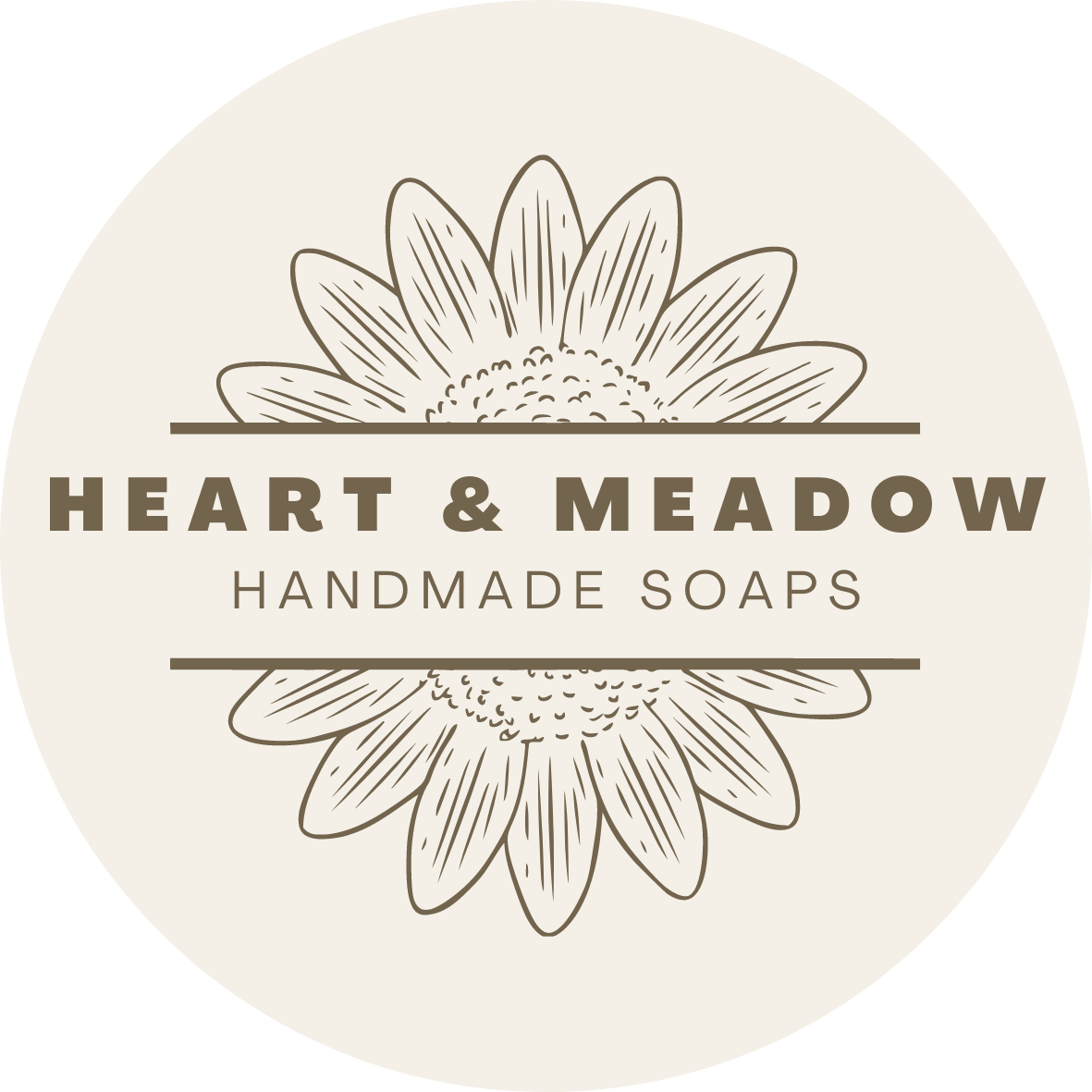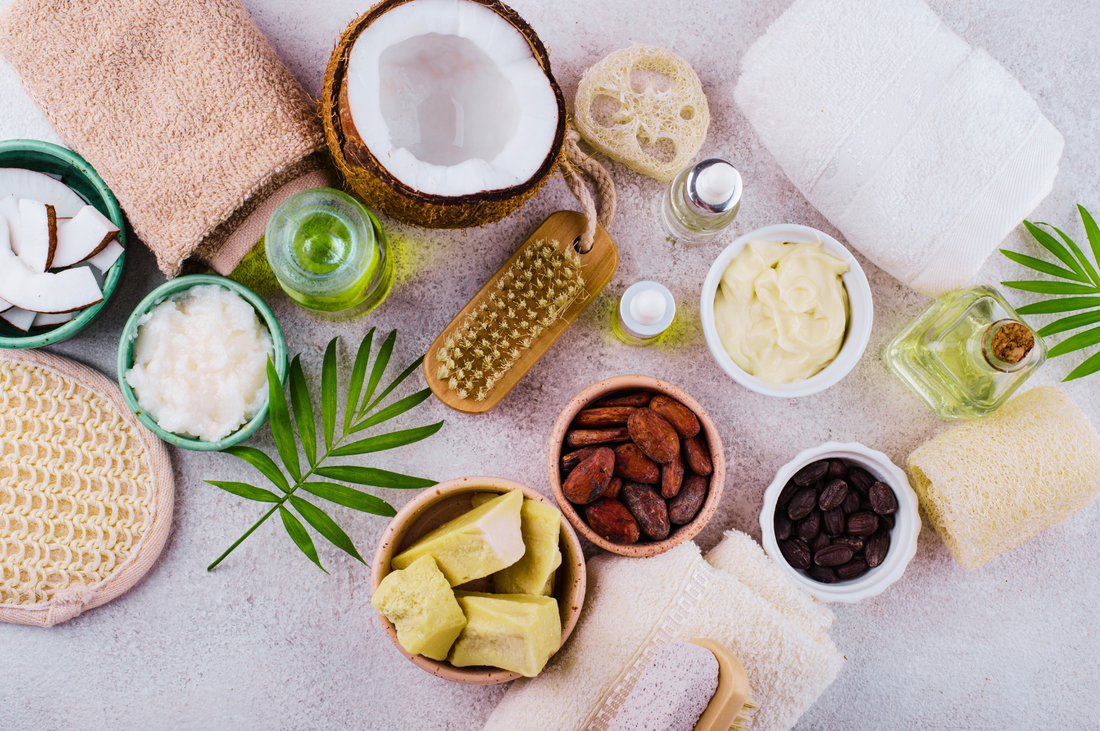Have you ever wondered why I emphasize the type of oils/butters used in my soaps in product descriptions and social posts? It's not just for label appeal! When it comes to crafting the perfect bar of cold or hot process soap, the ingredients I choose play a crucial role in determining the final outcome. From the oils and butters to the superfat content (read on to learn what that is!), each component contributes unique properties that affect the soap's texture, lather, and skincare benefits. Let's delve into the fascinating world of handcrafted soapmaking and explore why different oils and butters create distinct results.
First, a quick recap: soap is made by combining sodium hydroxide (lye) with water to create a solution, and then blending that solution with liquid oils, melted butters, or animals fats. This mixture then goes through a chemical process called saponification- resulting in soap.
The most commonly used oils in this process are coconut oil, olive oil, and palm oil, but there are literally hundred of other options. Some of my favorites include beef tallow, lard, shea butter, cocoa butter, hemp seed oil, neem oil, and avocado oil. The number of different combinations of these oils, and at different percentages, are virtually endless.
Common Oils and Their Properties
Coconut Oil: Known for its cleansing properties and ability to produce a rich, bubbly lather, coconut oil is a staple in all of my soaps. It adds hardness to the soap and helps create a stable, long-lasting bar. However, using too much coconut oil can lead to a drying effect on the skin, so I balance it with other moisturizing oils, or a higher-than-usual superfat.
Olive Oil: Renowned for its nourishing properties and mildness, olive oil contributes to a gentle, moisturizing lather. It helps create a creamy texture in soap and provides hydration to the skin. Olive oil-based soaps are often prized for their luxurious feel and suitability for sensitive skin. Too much olive oil, however, can make a soft bar that dissolves quickly in the shower, and can feel a bit slimy to some people.
Castor Oil: Valued for its humectant properties, castor oil attracts moisture to the skin and enhances lather stability. It contributes to a silky, conditioning feel in soap and can help improve the soap's ability to cleanse without stripping natural oils from the skin.
Other Commonly Used Oils: Other oils frequently used in cold process soapmaking include palm oil (for hardness and lather), shea butter (for moisturizing and skin conditioning), and sweet almond oil (for its emollient properties).
Understanding Superfat
Superfatting is the process of intentionally adding more oils or butters to a soap recipe than the lye can fully saponify (convert into soap). This results in a portion of the oils remaining unsaponified in the final product, providing extra moisturizing benefits. Superfatting is often expressed as a percentage, indicating the excess oil content relative to the lye amount.
Why Superfat Matters: Superfatting helps ensure that the soap is gentle and moisturizing on the skin. It can also improve the soap's texture and provide a more luxurious feel. Additionally, superfatting allows soapmakers to tailor our recipes to specific skin types or preferences, such as creating an extra-moisturizing bar for dry or sensitive skin. For example, I usually kick up my superfat a couple of percentage points in the winter time and reduce it in the summer.
Balancing Act: While superfatting adds beneficial oils to the soap, excessive superfatting can lead to a softer, less stable bar that may become mushy or prone to spoilage. I carefully balance the superfat percentage to achieve the desired skincare benefits without compromising the soap's quality or longevity.
In conclusion, the selection of oils, butters, and superfat content plays a crucial role in shaping the characteristics of cold process soap. By understanding the properties of different oils and butters and how they interact in soapmaking, I can create unique formulations tailored to meet the diverse needs of my customers. Whether you're aiming for a bubbly, cleansing bar or a creamy, moisturizing indulgence, I've got a soap for you! I'm always happy to help guide you toward the most appropriate choice for your skincare needs.

